The 1970s were a musical melting pot where genres collided, technical innovations expanded what was possible in the studio, and cultural shifts created space for entirely new sounds to emerge. Between the fading echoes of the ’60s counterculture and the approaching storm of the 1980s, the ’70s captured magical moments of creativity that could never quite be replicated. These fleeting alignments of talent, technology, and timing created cultural touchstones that continue to reverberate decades later.
1. Stevie Wonder’s “Classic Period” (1972-1976)
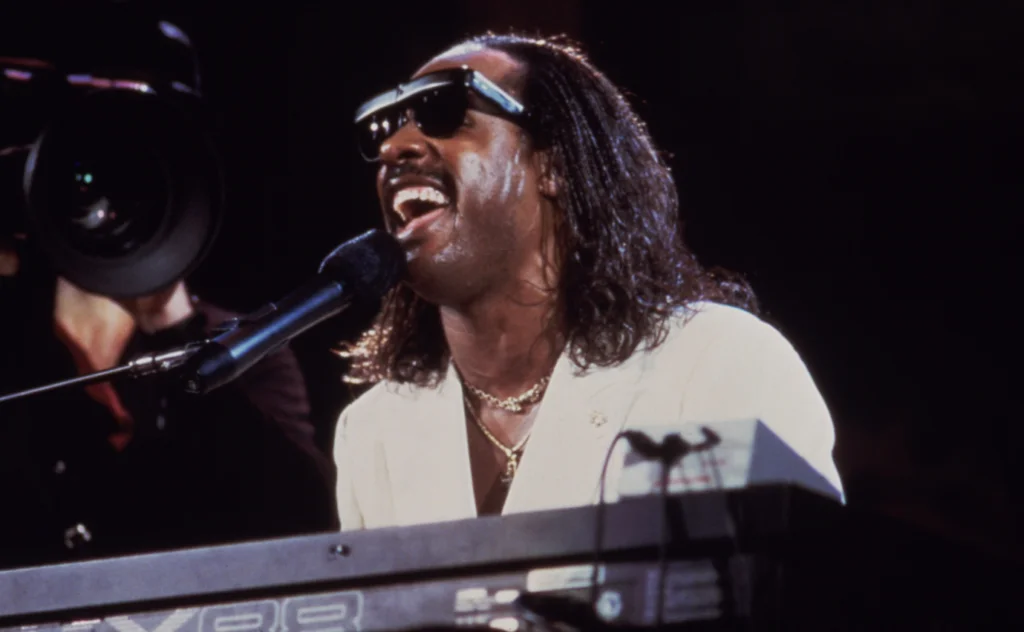
When Stevie Wonder renegotiated his Motown contract with unprecedented creative control, nobody anticipated the streak of genius that would follow. In just five years, he released five groundbreaking albums: “Music of My Mind,” “Talking Book,” “Innervisions,” “Fulfillingness’ First Finale,” and “Songs in the Key of Life.” This remarkable run showcased his mastery of the new Moog synthesizers, profound lyrical depth, and complete artistic vision. NPR credits Stevie Wonder with first defining what an artist’s classic era ought to look like.
What made this period so extraordinary was Wonder’s ability to merge commercial appeal with artistic innovation and socially conscious messaging. His pioneering use of synthesizers and the drum machine transformed the sonic landscape of popular music while his lyrics addressed systemic racism, political corruption, and spiritual transcendence. This perfect storm of technological experimentation, musical genius, and cultural relevance created a body of work that artists still study and aspire to today.
2. The Birth of Hip-Hop at 1520 Sedgwick Avenue (1973)
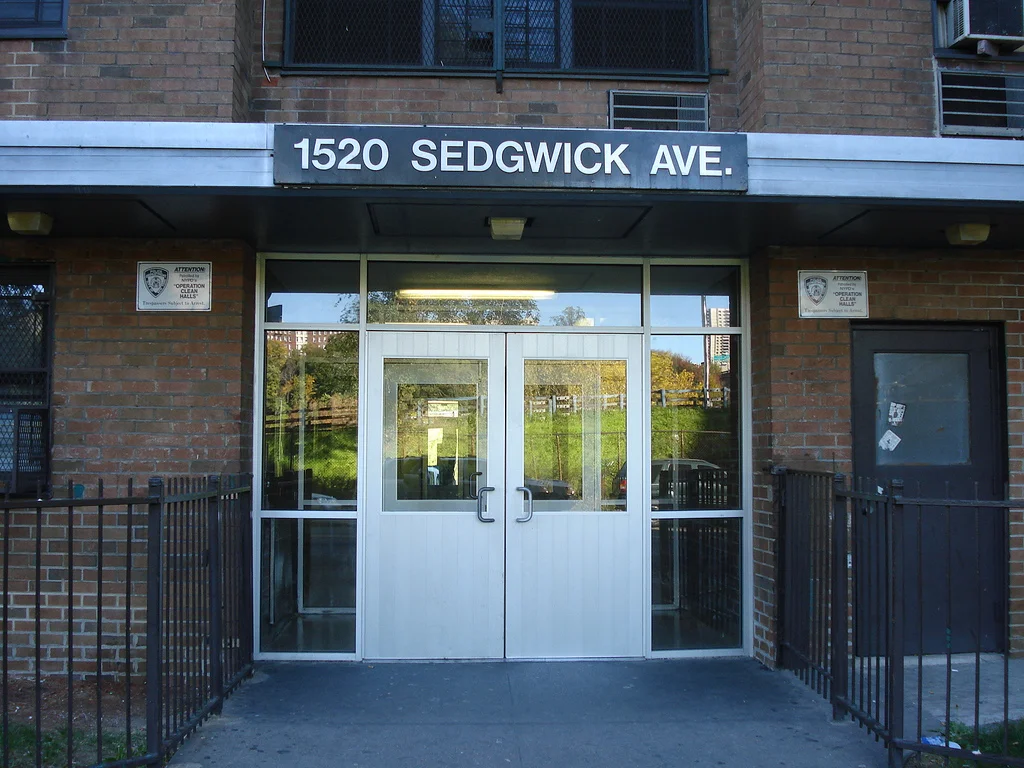
In the recreation room of a Bronx apartment building, DJ Kool Herc’s innovative technique of extending instrumental breaks created the foundation for an entirely new musical form. During his sister’s back-to-school party on August 11, 1973, Herc used two copies of the same record to isolate and loop the percussion breaks, creating a new canvas for dancers and, eventually, for MCs to rhyme over. NPR further puts into perspective how simple things can change history in a big way, like a party leading to an enduring genre of music.
This innovative moment emerged from necessity and creativity within a community creating its own entertainment with limited resources. What makes it lightning in a bottle was the organic way various elements—DJing techniques, breakdancing, graffiti art, and eventually rapping—coalesced into a comprehensive cultural movement. From this humble beginning in a Bronx apartment building emerged what would eventually become the most influential musical genre of the late 20th and early 21st centuries.
3. The Last Waltz Concert by The Band (1976)
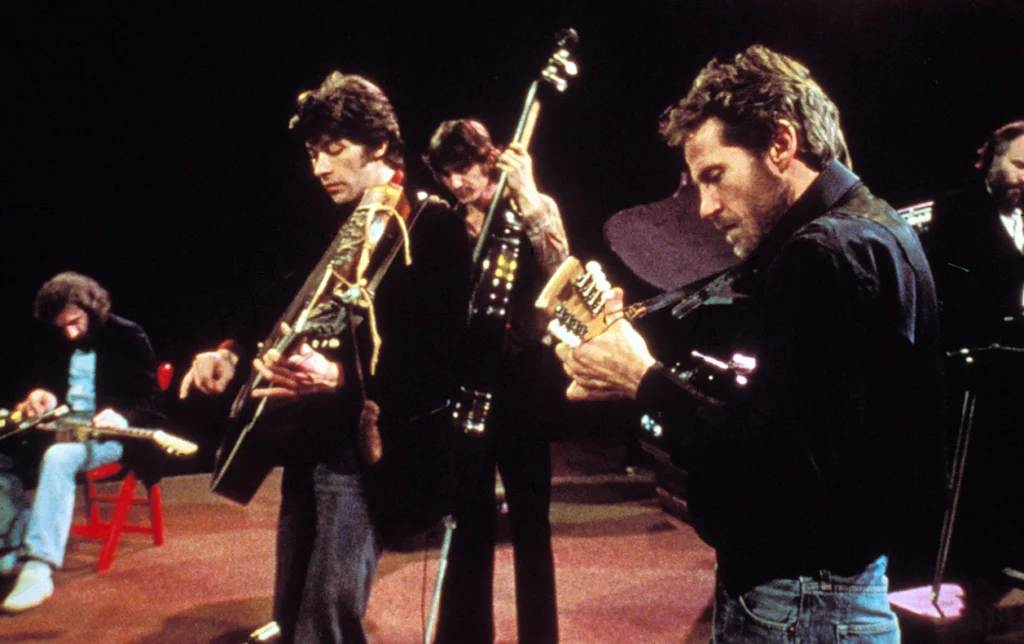
When The Band decided to retire from touring, their farewell concert became an extraordinary gathering of musical legends that could never be assembled again. Held on Thanksgiving Day 1976 at San Francisco’s Winterland Ballroom, The Last Waltz featured performances with Bob Dylan, Van Morrison, Neil Young, Joni Mitchell, Muddy Waters, Eric Clapton, and many others who had shaped American music. CBC has even more details that even the biggest The Band fans might not know about this historic moment.
Martin Scorsese’s decision to document the concert captured a unique moment when rock music’s pioneers were still vital but had also acquired the gravitas of elder statesmen. The performances—particularly Muddy Waters’ scorching “Mannish Boy” and Van Morrison’s transcendent “Caravan”—showcased musicians at the height of their powers, aware they were participating in something historic. The Last Waltz preserved a moment of transition in American music, serving as both celebration and elegy for an era that was passing.
4. CBGB’s and the Birth of Punk (1974-1976)
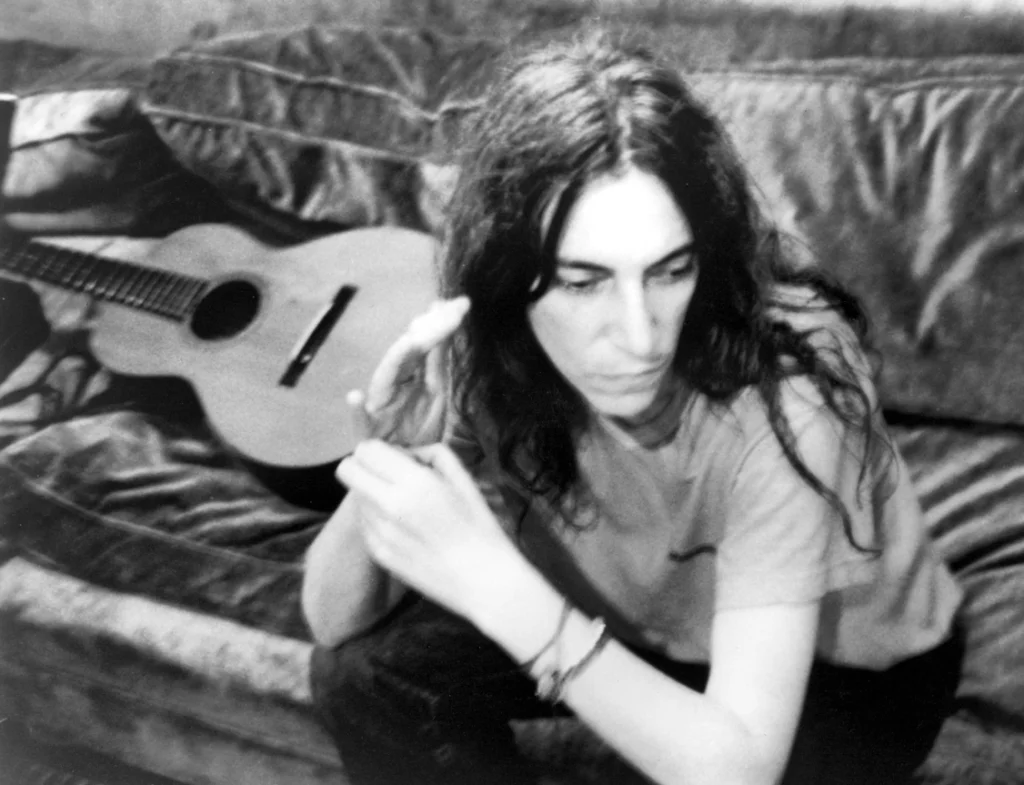
In a small, unglamorous club on New York’s Bowery, bands like Television, Talking Heads, Ramones, and Patti Smith created a new musical vocabulary that prioritized raw energy over technical virtuosity. CBGB’s owner Hilly Kristal originally intended the venue for country, bluegrass, and blues (hence the name), but instead became midwife to a musical revolution that valued authenticity above all else.
The creative lightning captured at CBGB’s came from the unique combination of artistic freedom, urban decay, and a community of musicians reacting against both mainstream rock excess and the economic malaise of mid-70s New York. Performances like Patti Smith’s raw poetic delivery, Television’s intricate dual-guitar explorations, and the Ramones’ furious two-minute blasts established templates for thousands of bands that followed. This brief period of innovation in one small club eventually rippled outward to transform popular music across the globe.
5. The Release of Pink Floyd’s “Dark Side of the Moon” (1973)
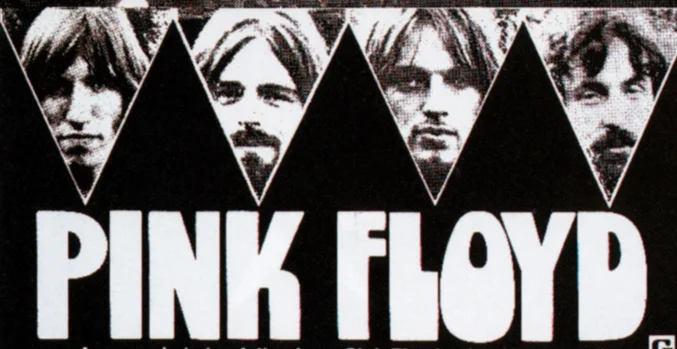
When Pink Floyd entered Abbey Road Studios to record their eighth album, they created what would become not just a commercial juggernaut but a cultural phenomenon that transcended typical music consumption. “Dark Side of the Moon” married technical innovation with conceptual depth, exploring themes of mental illness, mortality, and modern alienation through seamlessly connected songs enhanced by studio wizardry.
The album’s astonishing sonic quality—utilizing the cutting edge of recording technology with loops, synthesizers, and innovative mixing techniques—created an immersive experience unlike anything most listeners had encountered. Its 741 continuous weeks on the Billboard charts (over 14 years) speaks to how perfectly it captured both its era and universal human experiences. The album’s iconic prism cover design became as recognizable as the music itself, completing a rare package where every element—music, lyrics, production, and visual presentation—achieved perfection simultaneously.
6. Donna Summer’s “I Feel Love” Revolutionizes Dance Music (1977)
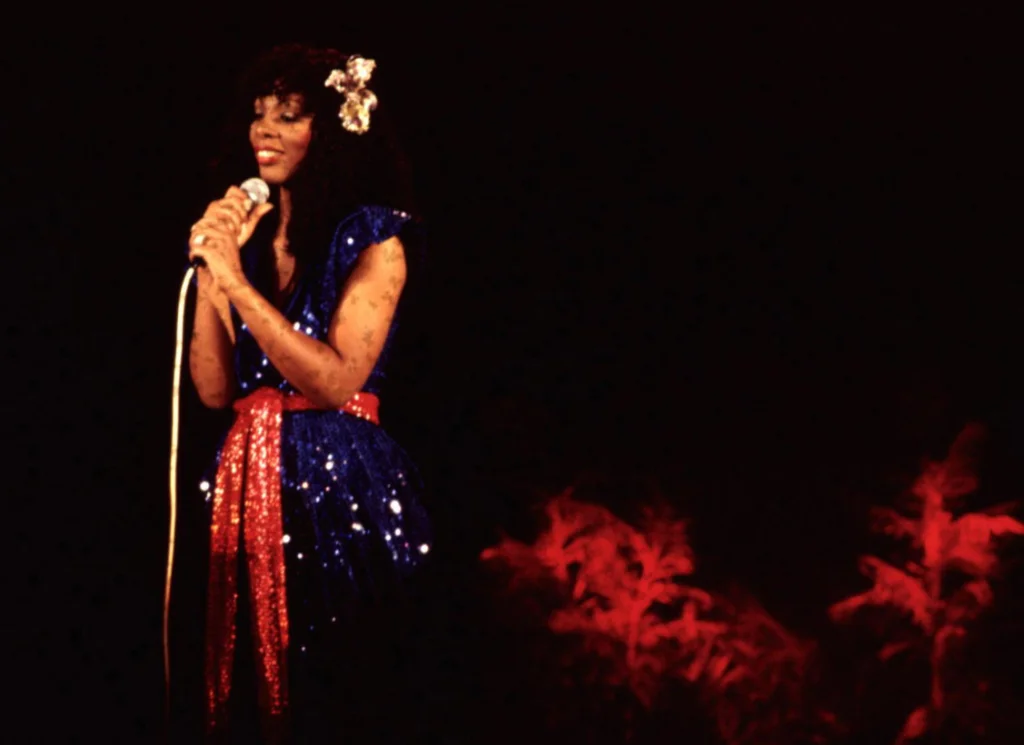
When producer Giorgio Moroder created a completely electronic backing track for Donna Summer’s “I Feel Love,” few recognized they were hearing the future of dance music being born. The pulsating Moog synthesizer sequence and drum machine created an otherworldly, mechanical foundation that contrasted beautifully with Summer’s ethereal vocal performance.
Brian Eno famously told David Bowie upon hearing the track: “I’ve heard the sound of the future… this single is going to change the sound of club music for the next fifteen years”—a prediction that proved remarkably accurate. The record’s importance came from its complete break from traditional song structures and instrumentation while maintaining irresistible danceability. This pioneering electronic dance track created the blueprint for everything from 1980s synth-pop to modern EDM, capturing a rare moment when technological experimentation and pure musical instinct aligned perfectly.
7. The Eagles’ “Hotel California” Album (1976)
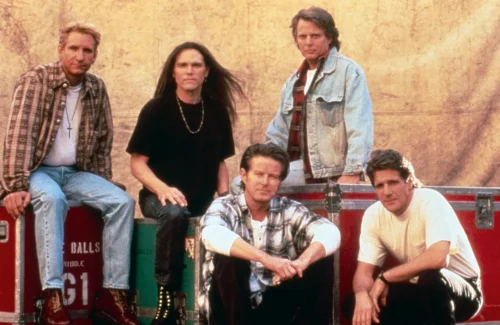
When the Eagles recorded their fifth studio album, they achieved a perfect balance between commercial accessibility and artistic ambition that came to define the California sound. “Hotel California” captured the band at their creative and collaborative peak, with the addition of guitarist Joe Walsh bringing a harder edge to their country-rock foundation.
The album’s title track became an enduring cultural touchstone, its mysterious lyrics about the dark underbelly of the American dream resonating far beyond typical pop hit territory. The precision of the album’s production by Bill Szymczyk set new standards for sonic clarity while maintaining organic warmth. “Hotel California” represented a moment when everything aligned—songwriting, instrumental prowess, thematic coherence, and cultural relevance—creating a work that embodied both its time and timelessness.
8. Bob Marley’s Smile Jamaica Concert (1976)
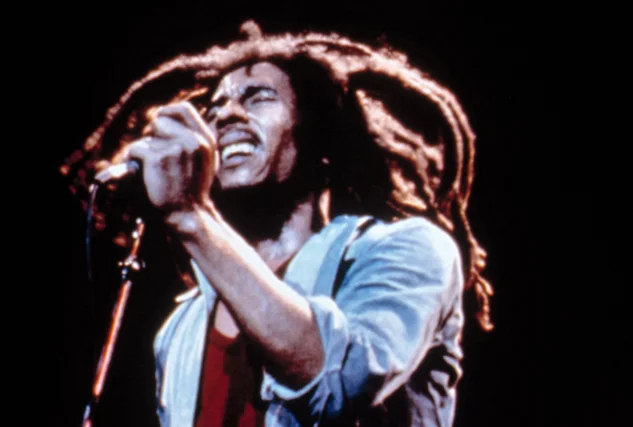
Two days after surviving an assassination attempt, Bob Marley took the stage at the Smile Jamaica Concert with bullet wounds still fresh in his arm and chest. His decision to perform despite the attack transformed what would have been a notable concert into a transcendent statement about music’s power over violence and intimidation.
Marley’s appearance on stage that day—raising his wounded arm to acknowledge the crowd’s roar—became an iconic image representing courage and commitment to peace amid political turmoil. The performance captured a pivotal moment when reggae music’s message expanded beyond entertainment to become a vehicle for social change and spiritual resistance. Marley’s set that day, particularly his defiant delivery of “War,” represented the perfect convergence of artistic expression and moral courage.
9. Fleetwood Mac’s “Rumours” Album (1977)
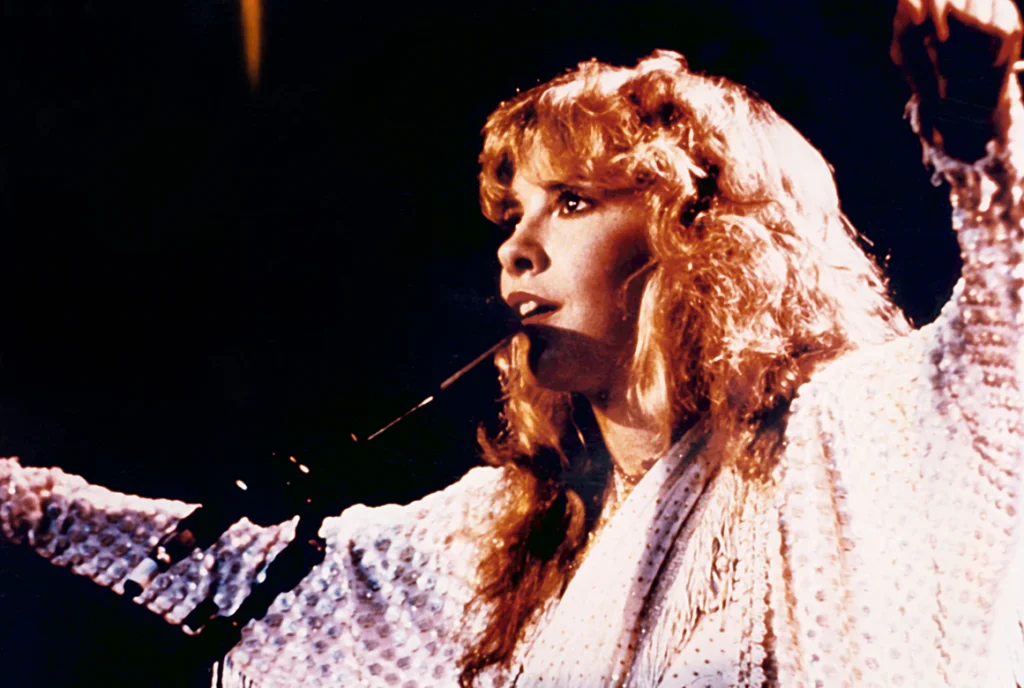
The creation of “Rumours” amid romantic implosions between band members created the perfect storm of emotional rawness channeled into musical brilliance. As two relationships disintegrated—John and Christine McVie’s marriage and Lindsey Buckingham and Stevie Nicks’ long-term romance—the band transformed their pain into one of history’s most perfectly crafted pop-rock albums.
The album’s enduring magic comes from the tension between its immaculate production values and the barely contained emotional chaos underneath. Songs like “Go Your Own Way” and “Dreams” gained extraordinary resonance because listeners knew the band members were addressing each other directly through their lyrics. “Rumours” captured lightning by transforming interpersonal drama that would have destroyed most bands into creative fuel for a masterpiece that has sold over 40 million copies.
10. David Bowie’s Berlin Trilogy (1977-1979)
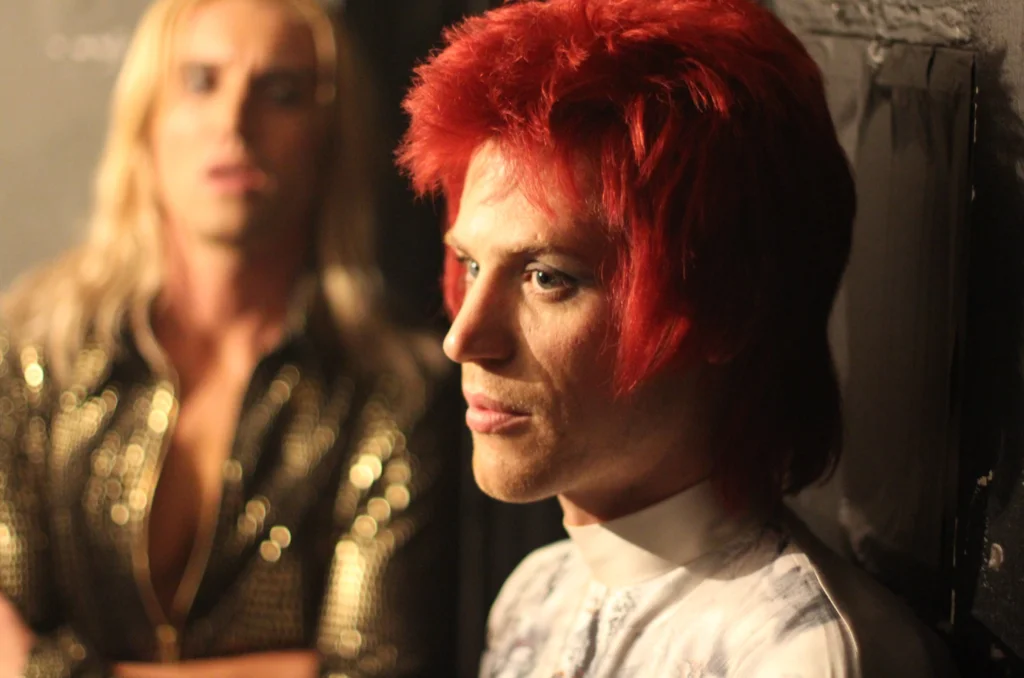
When David Bowie retreated to Berlin to battle his cocaine addiction and creative exhaustion, he initiated one of the most influential artistic reinventions in popular music. Working with producer Brian Eno and surrounded by the divided city’s unique atmosphere, Bowie created the albums “Low,” “Heroes,” and “Lodger”—works that merged art rock with electronic experimentation and ambient soundscapes.
The trilogy’s innovation came from Bowie’s willingness to abandon commercial certainties in favor of artistic exploration and his absorption of German electronic music influences like Kraftwerk and Neu! The title track “Heroes,” inspired by lovers meeting at the Berlin Wall, became an anthem of hope and defiance that transcended its specific Cold War context. These albums captured a unique creative moment when personal crisis, cultural dislocation, and artistic collaboration combined to produce work that would influence generations of musicians.
11. Kraftwerk’s “Trans-Europe Express” (1977)
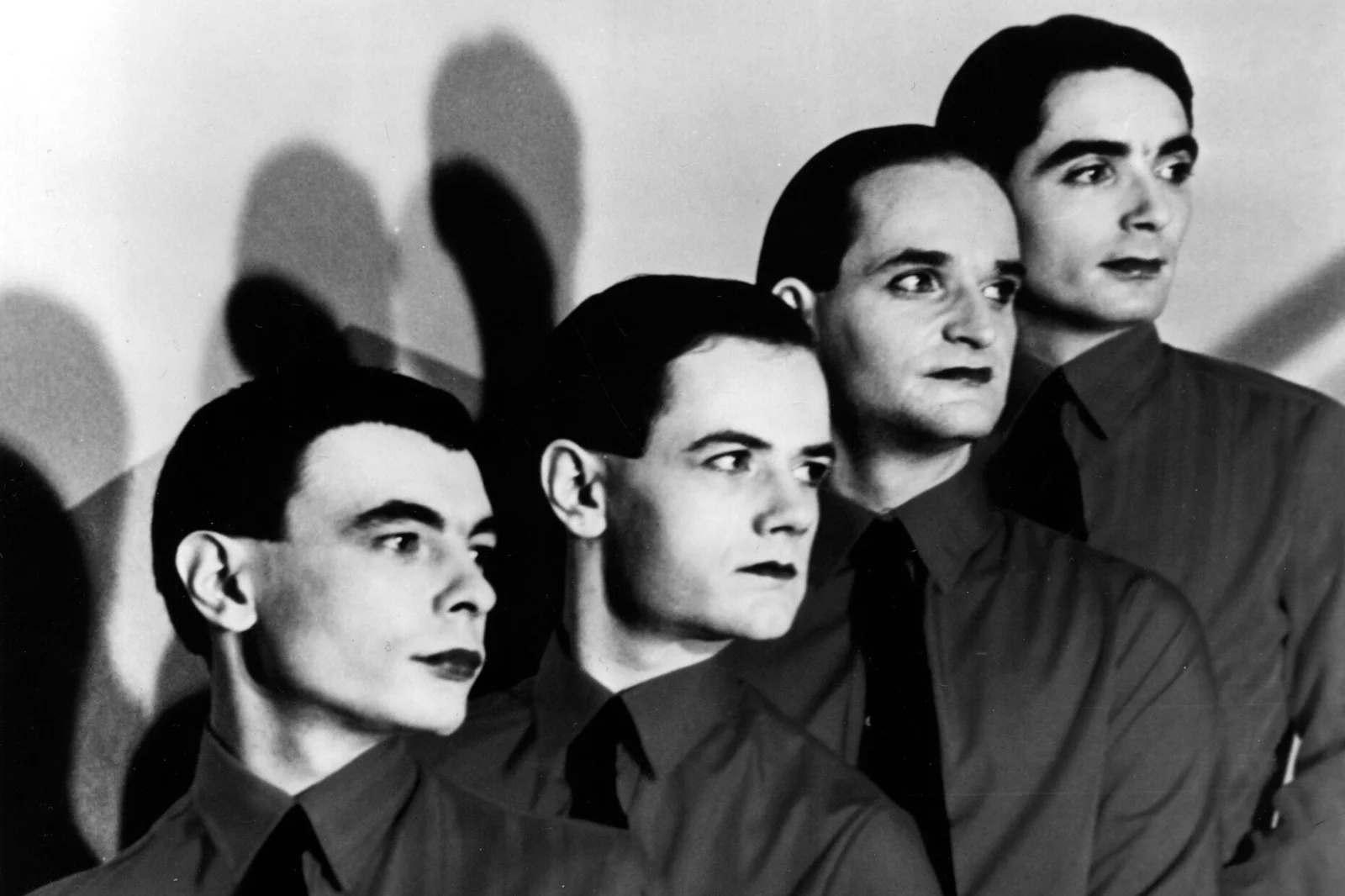
When Kraftwerk released their sixth album, they achieved the perfect synthesis of experimental electronic techniques and accessible melodic structures that would reshape popular music. The German group’s embrace of technology as both subject matter and musical methodology created a revolutionary approach that anticipated our digital future decades in advance.
What made “Trans-Europe Express” lightning in a bottle was its successful translation of European classical minimalism into a popular music context using entirely electronic instrumentation. The album’s influence reached far beyond its modest commercial success, directly inspiring early hip-hop pioneers—Afrika Bambaataa famously sampled it for “Planet Rock”—and providing a blueprint for everything from 1980s synth-pop to modern techno. Kraftwerk’s mechanical rhythms and sparse arrangements captured a pivotal moment when electronic music found its own distinctive voice rather than merely imitating conventional instruments.
12. The Clash Recording “London Calling” (1979)
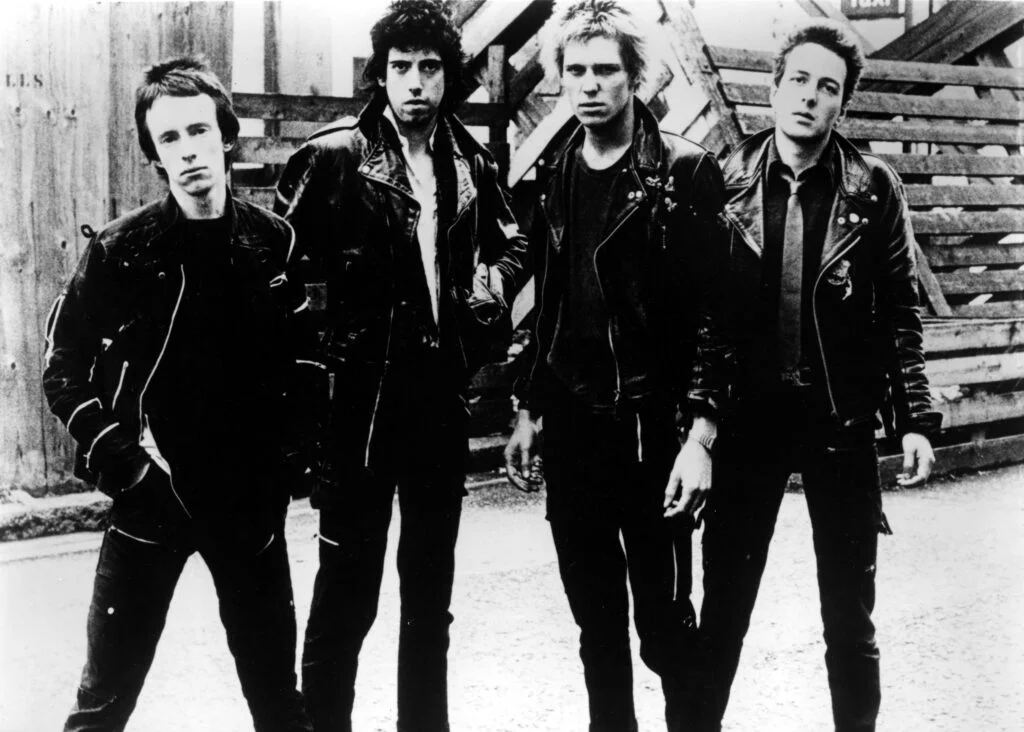
When The Clash entered London’s Wessex Studios to record their third album, they created a work that transcended punk’s limitations while maintaining its rebellious spirit. Producer Guy Stevens’ unconventional methods—swinging chairs around the studio and pouring wine over pianos—created an atmosphere of controlled chaos that pushed the band to their creative limits.
What makes “London Calling” lightning in a bottle was its successful integration of punk’s energy with reggae, rockabilly, jazz, and ska influences—creating an expansive musical vision that pointed toward alternative rock’s future. The album’s apocalyptic title track, with its urgent warnings about climate disaster and nuclear errors, captured the anxious mood at the decade’s end while establishing a template for politically engaged rock. Released in December 1979, the album perfectly bridged two decades, incorporating the best elements of ’70s musical experimentation while anticipating the more globally conscious sound of the ’80s alternative scene.
The 1970s created unique conditions for these musical lightning strikes—technological innovation, cultural upheaval, and industry structures that still allowed for genuine artistic risk-taking. These thirteen moments represent not just nostalgic memories but pivotal creative achievements that continue to influence musicians today. While the industry, technology, and culture have all dramatically changed, these flashes of brilliance from five decades ago remind us what’s possible when talent, timing, and circumstance align perfectly.


